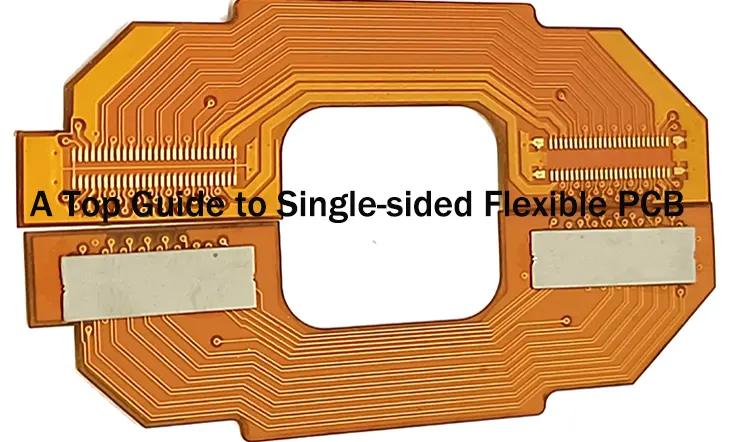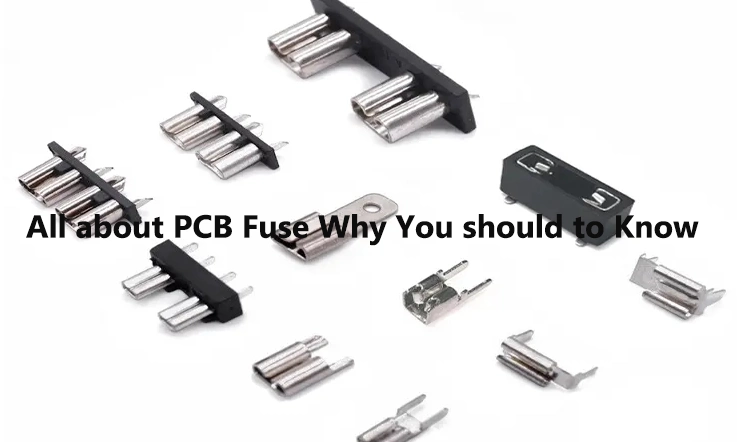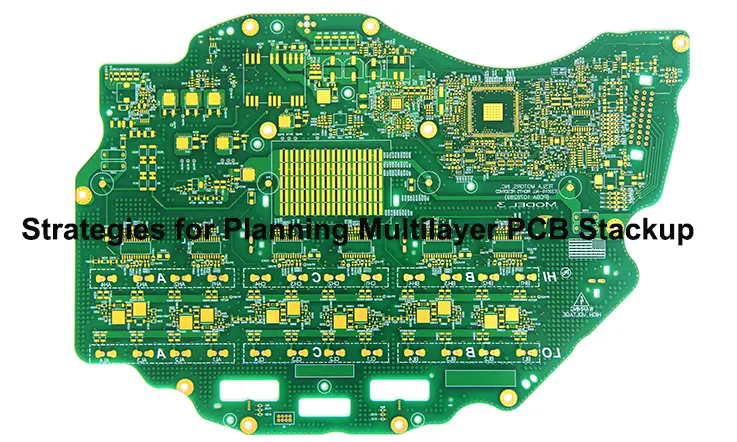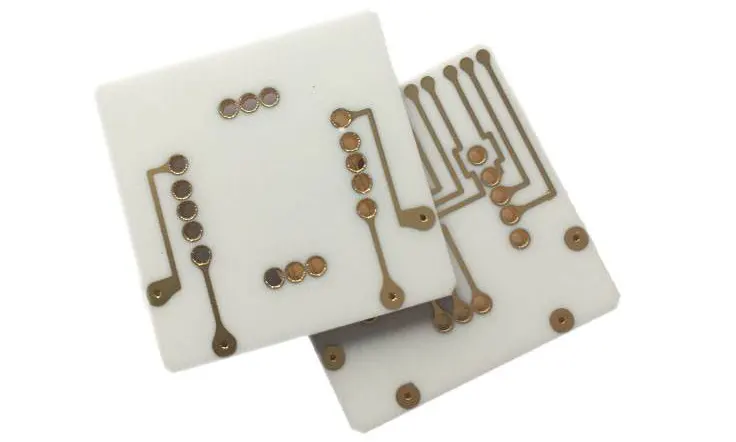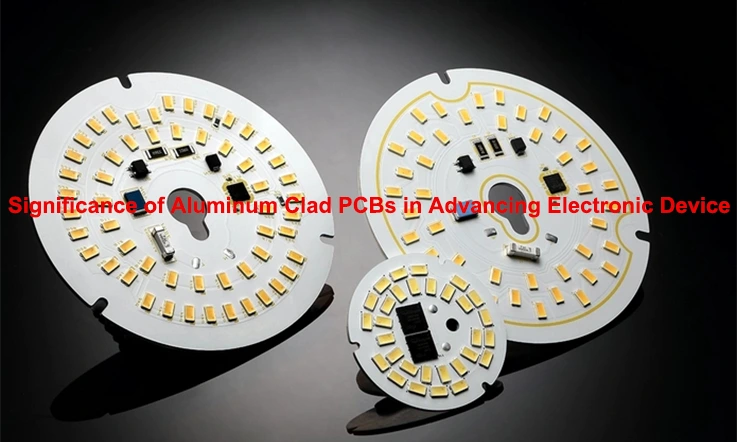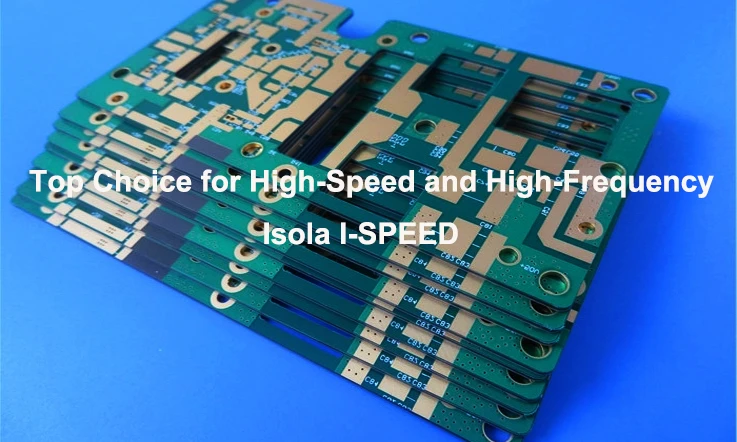
As engineers, we are constantly seeking high-performance materials that can meet the demanding requirements of modern electronic designs. In the realm of printed circuit boards (PCBs), the choice of materials plays a pivotal role in determining the overall performance, reliability, and functionality of the electronic systems we develop.
Isola I-SPEED PCB materials have emerged as a leading solution, offering a unique combination of thermal and electrical characteristics that cater to the stringent needs of high-speed applications. In this article, we will delve into the exceptional properties of Isola I-SPEED PCB materials and explore how they address the challenges faced by engineers in various industries
Overview of Isola I-SPEED
I-Speed® is an exclusive and advanced FR-4 system designed for high-performance multilayer Printed Wiring Board (PWB) applications that demand exceptional thermal performance and reliability. It boasts a remarkable glass transition temperature (Tg) of 180°C. The I-Speed laminate and prepreg products are meticulously crafted using Isola’s patented high-performance multifunctional resin system, which is reinforced with electrical grade (E-glass) glass fabric.
This cutting-edge system offers several key advantages over competing products in the market. Firstly, it delivers a notable 15% improvement in Z-axis expansion, ensuring enhanced dimensional stability. Additionally, it offers 25% more electrical bandwidth, resulting in lower signal loss, thus contributing to superior performance in high-frequency applications. Furthermore, the I-Speed system exhibits exceptional moisture resistance during reflow, addressing a critical concern in PWB manufacturing.
I-Speed IS, an extension of the I-Speed product line, incorporates Isola’s innovative high-performance multifunctional resin system, reinforced with electrical grade (low Dk) glass fabric. The integration of low Dk glass fabric significantly reduces the dielectric constant (Dk) of the material to an impressive 3.30. This reduction allows for increased trace widths and mitigates skew caused by Dk variations between the glass fabric and resin components.
Moreover, the I-Speed system is engineered with laser fluorescing and UV-blocking properties, ensuring optimal compatibility with Automated Optical Inspection (AOI) systems, optical positioning systems, and photoimagable solder mask imaging. These features enable efficient and accurate inspection and positioning processes, contributing to streamlined production workflows.
Features of Isola I-SPEED PCB Materials
High Thermal Performance
• Tg: 180°C (DSC), (Base Laminate)
• Td: 360°C (TGA @ 5% wt loss)
• Low CTE for reliability
• T260: >60 minutes
• T288: >60 minutes
• Lead-free Compatible and RoHS Compliant
• UV Blocking and AOI Fluorescence
Superior Processing
• Closest to conventional FR-4 processing of all high speed digital materials
Core Material Standard Availability
• Thickness: 0.002″ (0.05 mm) to 0.060″/0.062″ (1.5 mm)
• Available in full size sheet or panel form
Prepreg Standard Availability
• Roll or panel form
• Tooling of prepreg panels available
Copper Foil Type Availability
• VLP-2 (2 micron) standard offering
• RTF (Reverse Treat Foil)
• Standard HTE Grade 3
Copper Weights
• ½, 1 and 2 oz (18, 35 and 70 µm) available
• Heavier copper available upon request
• Thinner copper foil available upon request
Glass Fabric Availability
• Standard E-glass
• Low Dk glass fabric available
• Square weave glass fabric available
• Spread glass fabric available
Industry Approvals
• IPC-4101D WAM1 /98 /99/ 101 /126 (IPC-4101C /21 /24 /26 /121 /124 /129)
• UL – File Number E41625
• Qualified to UL’s MCIL Program
Applications of the Isola I-Speed PCB Material
The Isola I-Speed PCB material finds applications in a wide range of industries and electronic devices where high-performance and reliable printed circuit boards are required. Some notable applications of the Isola I-Speed PCB material include:
Medical, Industrial, and Instrumentation Sectors:
Isola’s portfolio of low loss, high reliability materials supports a variety of medical applications, including implantable devices, hybrid devices, imaging and monitoring systems with data and telecom processing capabilities, and other devices used in the medical, industrial, and instrumentation sectors.
Aerospace and Defense:
For aerospace and defense applications, the high-speed RF/microwave and digital materials of the Isola I-Speed PCB Material offer high glass transition temperatures, low expansion rates, and high decomposition temperatures, essential for demanding aerospace and military applications.
Smart and Connected:
The increasing demand for smart and connected devices has led to a greater need for additional bandwidth to facilitate easy data accessibility and transmission. Isola has developed its digital materials to support the foundation of the Internet of Things, enabling high-speed processing and ensuring thermal reliability and stable electrical properties, including dissipation factor (Df) and dielectric constant (Dk).
Networking and Communication:
In the networking and communication sector, bandwidth has become a critical issue, making PCB materials such as the Isola I-Speed PCB Material essential. Engineers serving these markets rely on the reliability and high performance of Isola’s laminates, which meet the stringent requirements for satellite, voice, video services, and other data-intensive applications.
Thermal and Electrical Characteristics of Isola I-Speed Printed Circuit Board Material
The Isola I-Speed printed circuit board (PCB) material offers exceptional thermal and electrical characteristics that contribute to its high-performance capabilities. Here are some key thermal and electrical properties of the Isola I-Speed material:
Thermal Characteristics:
1. Glass Transition Temperature (Tg): The I-Speed material has a high Tg of 180°C. This indicates its ability to withstand elevated temperatures without undergoing significant dimensional changes or performance degradation.
2. Thermal Conductivity: The I-Speed material exhibits good thermal conductivity, allowing efficient dissipation of heat generated by electronic components. This property helps in maintaining lower operating temperatures and enhancing the overall reliability of the PCB.
3. Z-Axis Expansion: The I-Speed material demonstrates a 15% improvement in Z-axis expansion compared to competing products. This reduced expansion along the thickness of the PCB ensures better dimensional stability, especially under varying temperature conditions.
Electrical Characteristics:
1. Electrical Bandwidth: The I-Speed material offers 25% more electrical bandwidth (lower loss) compared to competing products. This characteristic enables higher signal integrity and reduced signal loss, making it suitable for high-frequency applications.
2. Dielectric Constant (Dk): The I-Speed material incorporates low Dk glass fabric, resulting in a reduced Dk value of 3.30. This lower Dk minimizes signal skew caused by Dk variations between the glass fabric and resin, allowing for increased trace widths and improved signal performance.
3. Moisture Resistance: The I-Speed material exhibits superior moisture resistance during reflow processes. This property is crucial for preventing moisture absorption and ensuring the long-term reliability of the PCB, especially in humid environments.
4. Laser Fluorescing and UV Blocking: The I-Speed material is designed to be laser fluorescing and UV-blocking. This feature enhances compatibility with Automated Optical Inspection (AOI) systems, optical positioning systems, and photoimagable solder mask imaging, facilitating accurate inspection and positioning processes.
These thermal and electrical characteristics of the Isola I-Speed PCB material contribute to its ability to handle high-performance applications, maintain signal integrity, and ensure reliable operation in demanding environments.
Manufacturing and Processing Considerations
When considering Isola I-Speed PCB materials for manufacturing and processing, several factors should be taken into account. Here are some key considerations:
Compatibility with Standard Processes:
Evaluate whether Isola I-Speed materials are compatible with standard PCB manufacturing processes such as lamination, drilling, plating, and soldering. Ensure that the materials can be seamlessly integrated into existing manufacturing workflows without requiring significant process modifications.
Handling and Storage Guidelines:
Follow the recommended handling and storage guidelines provided by Isola for I-Speed materials. These guidelines may include recommendations for temperature and humidity control, proper packaging, and precautions to prevent contamination or damage during transportation and storage.
Design Considerations:
Consider specific design considerations for Isola I-Speed materials to optimize their performance. This may include factors such as trace width and spacing, via placement, and impedance control.
Material Thickness and Layer Count:
Determine the available thickness options and layer count capabilities of Isola I-Speed materials. Ensure that the chosen material meets the requirements of your PCB design in terms of thickness, layer count, and overall stack-up.
Fabrication Tolerances:
Understand the fabrication tolerances associated with Isola I-Speed materials. This includes factors such as copper thickness, etching tolerances, and dimensional stability. Align the design specifications with the capabilities of the chosen material to ensure manufacturability.
Process Optimization:
Collaborate with your PCB manufacturer to optimize the manufacturing process for Isola I-Speed materials. This may involve adjusting process parameters, such as lamination temperature and pressure, to ensure optimal bonding and adhesion between layers.
Testing and Quality Control:
Implement appropriate testing and quality control measures during the manufacturing process to ensure the reliability and performance of the final PCBs. This may include electrical testing, impedance control verification, and inspection for defects or anomalies.
Supplier Support:
Engage with Isola or your PCB material supplier to access technical support and guidance throughout the manufacturing process. They can provide expertise on material selection, process optimization, and troubleshooting to ensure successful fabrication.
By considering these manufacturing and processing considerations, you can maximize the chances of successful integration and utilization of Isola I-Speed PCB materials in your manufacturing processes.
Comparing Isola I-Speed to Other PCB Materials
Isola I-Speed is a high-performance printed circuit board (PCB) material designed for high-speed digital applications.
1. FR-4: FR-4 is the most widely used PCB material. It is a flame-retardant fiberglass epoxy laminate that offers good electrical insulation, mechanical strength, and cost-effectiveness. However, FR-4 has limitations in high-frequency applications due to its relatively high dielectric constant and loss tangent.
2. High-Speed/High-Frequency Laminates: There are various high-speed laminates available in the market, including materials from Isola, Rogers Corporation, Panasonic, and Taconic, among others. These laminates are specifically formulated to provide excellent electrical performance at high frequencies. They often have lower dielectric constants, low dissipation factors, and good signal integrity. These laminates are suitable for applications such as telecommunications, wireless communication, and high-speed digital designs.
3. PTFE (Polytetrafluoroethylene): PTFE-based laminates, such as materials from the Teflon family, offer exceptional electrical properties, including low dielectric constants, low loss tangents, and high thermal stability. They are commonly used in applications requiring very high-frequency performance, such as microwave and RF circuits. However, PTFE-based laminates tend to be more expensive than FR-4 and other materials.
4. Polyimide: Polyimide-based laminates, such as Kapton, are known for their excellent thermal stability, flexibility, and resistance to high temperatures. They are commonly used in applications that require high-temperature operation, such as aerospace and automotive industries. While polyimide materials offer good electrical properties, they may have higher dielectric constants compared to some high-speed laminates.
When comparing Isola I-Speed with other PCB materials, it’s essential to consider specific performance parameters such as dielectric constant, dissipation factor, thermal stability, signal integrity, cost, and manufacturing process compatibility. Each material has its advantages and limitations, and the selection depends on the specific requirements of your PCB design and application. It is recommended to consult with the material suppliers and PCB manufacturers for the most up-to-date information and to evaluate the material’s suitability for your project.
Limitations and Challenges of Isola I-SPEED PCB Materials
While Isola I-SPEED PCB materials offer exceptional thermal and electrical properties, there are still some limitations and challenges associated with their use in certain applications. Some of the limitations and challenges of Isola I-SPEED PCB materials include:
1. Cost: Isola I-SPEED PCB materials may be more expensive compared to standard PCB materials, which can impact the overall cost of the electronic design.
2. Availability: Depending on the region and specific requirements, the availability of Isola I-SPEED PCB materials may be limited, leading to potential supply chain challenges.
3. Processing and fabrication: The unique properties of Isola I-SPEED materials may require specialized processing and fabrication techniques, which can add complexity to the manufacturing process and may require specific expertise.
4. Compatibility: Isola I-SPEED materials may not be compatible with certain manufacturing processes or assembly techniques, limiting their use in some applications.
5. Design considerations: Designing with Isola I-SPEED materials may require careful consideration of material properties, thicknesses, and tolerances, which can pose challenges for engineers unfamiliar with these specific requirements.
Despite these limitations and challenges, Isola I-SPEED PCB materials remain a preferred choice for high-speed and high-frequency applications due to their exceptional performance characteristics. Engineers should weigh these considerations against the specific requirements of their designs to determine the suitability of Isola I-SPEED materials for their applications.
In conclusion
Isola I-SPEED PCB materials stand as an exemplary choice for engineers seeking high-speed, reliable, and thermally efficient solutions for their electronic designs. The exceptional thermal and electrical characteristics of Isola I-SPEED materials make them well-suited for a wide range of applications, from aerospace and defense to networking and communication systems.
As a PCB Manufacturer, we are constantly driven to push the boundaries of technological innovation, and with Isola I-SPEED PCB materials, we can confidently address the evolving demands of high-speed electronic designs while ensuring uncompromised performance and reliability.

